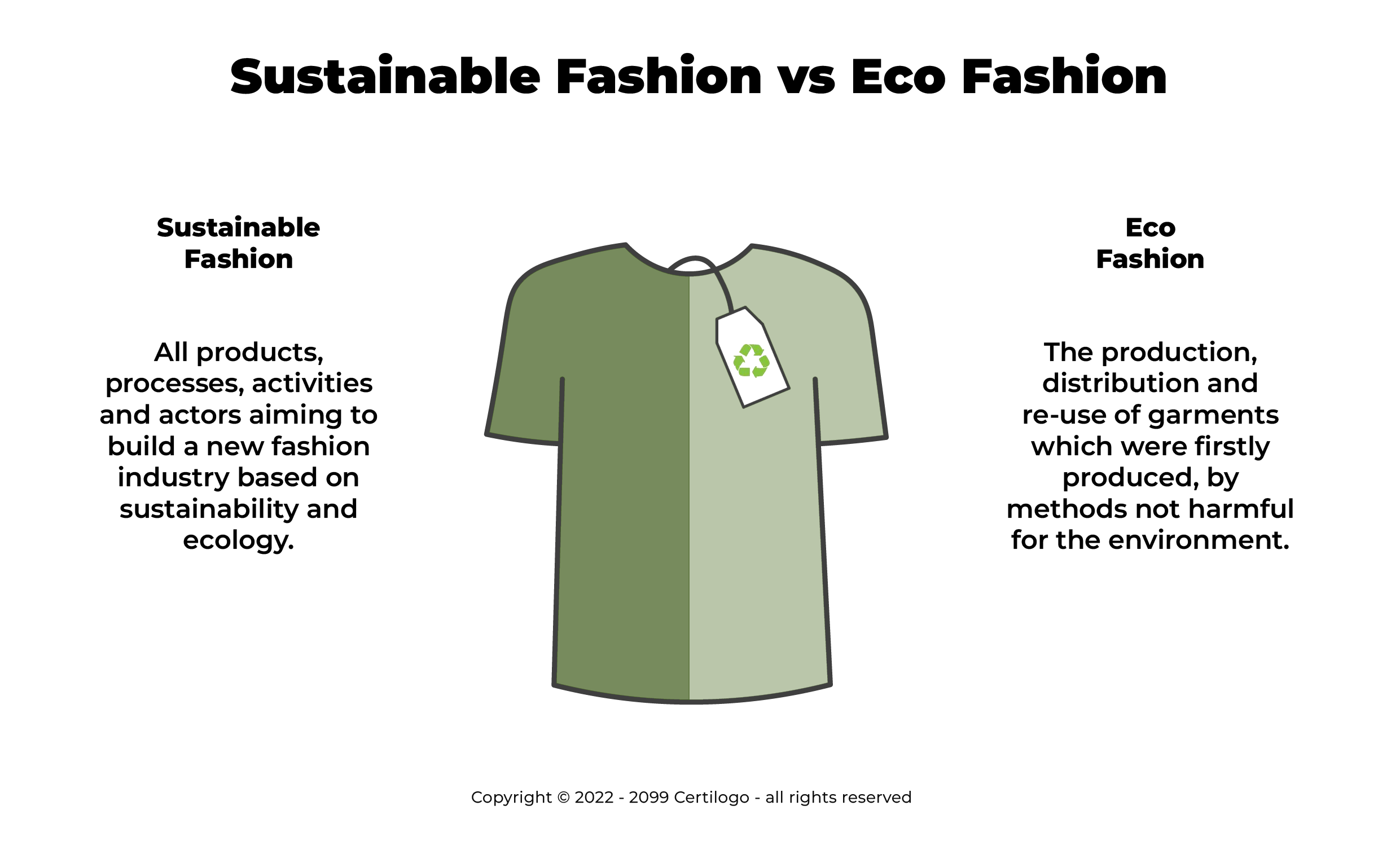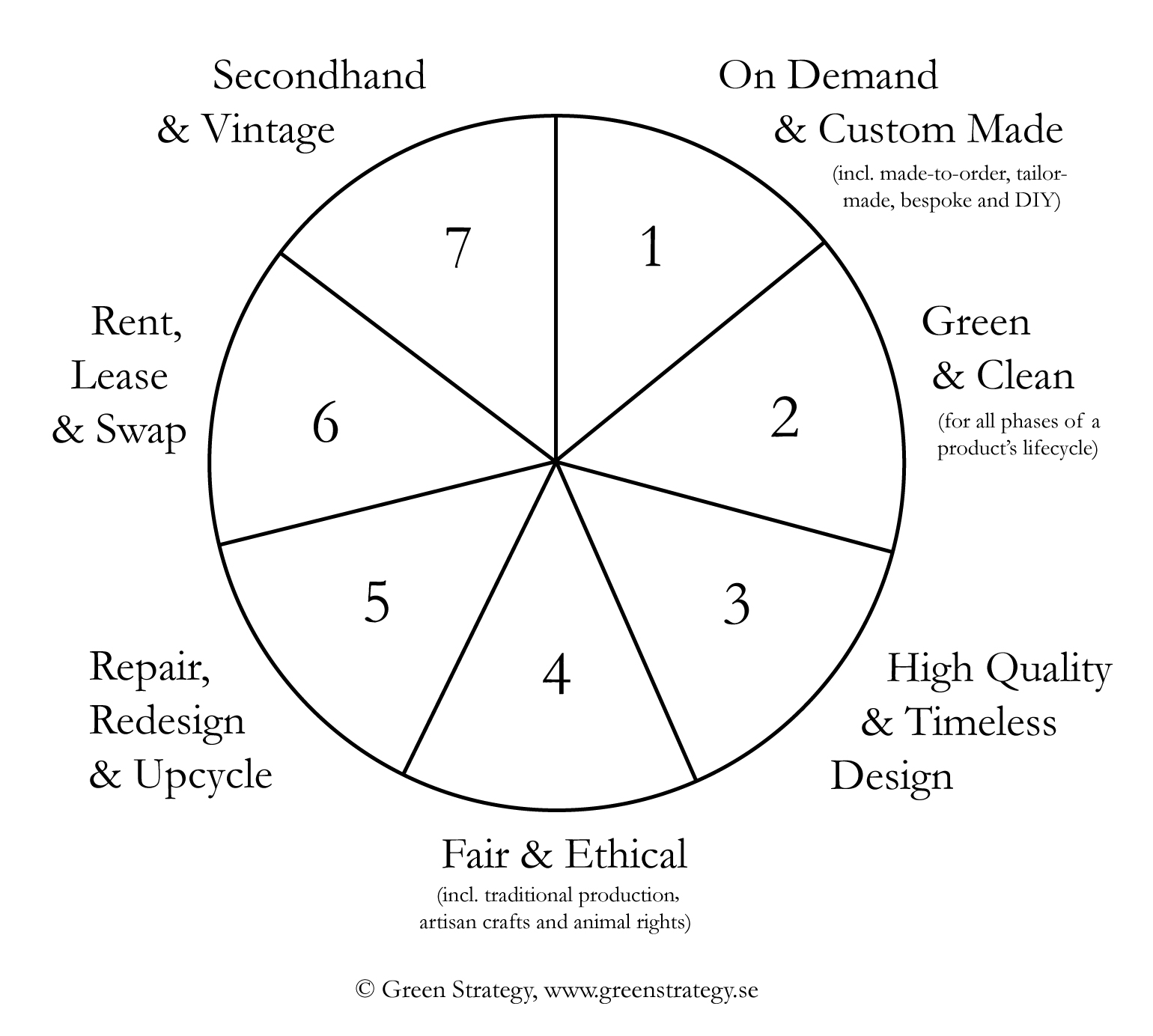Cape Town Sustainable Fashion Week: Highlighting Environment-friendly Innovations
Cape Town Sustainable Fashion Week: Highlighting Environment-friendly Innovations
Blog Article
Stay Ahead of the Contour by Discovering Cutting-edge Style Patterns
In an industry as dynamic as style, remaining in advance includes greater than simply complying with existing fads-- it requires an exploration of development. Smart fabrics, for example, are changing garments right into functional masterpieces, while 3D printing is reinventing design processes with its adjustable, waste-reducing abilities. As sustainability comes to be a keystone, developments like environmentally friendly products and round fashion practices are improving ecological obligation - Cape Town Sustainable Fashion. In addition, the merging of technology and fashion declares a new period of customer engagement. Exactly how, after that, can these arising fads redefine the future of style, and what ramifications do they hold for brand names seeking to thrive in this advancing landscape?

Accepting Smart Textiles
Over the last few years, the fashion business has experienced a transformative shift with the assimilation of smart textiles, a cutting-edge technology that blends modern technology with material. This evolution stands for not only a combination of looks and functionality yet additionally a substantial jump in the direction of sustainability and customization in vogue. Smart textiles, likewise referred to as e-textiles, embed sophisticated electronic devices such as sensors and conductive strings within the textile, enabling garments to engage with the setting or the wearer.
These fabrics are developed to keep track of physical criteria, such as heart rate or body temperature, providing real-time health and wellness analytics. Beyond health applications, clever textiles are additionally being utilized for adaptive clothes, which can change shade or pattern in action to environmental stimuli, hence using a vibrant fashion experience.
Furthermore, the growth of energy-harvesting fabrics that create power from activity or sunshine is paving the means for self-dependent wearable innovation. This development is interesting eco mindful customers and developers aiming to reduce the eco-friendly impact of style. As r & d in this field advancement, wise textiles are anticipated to come to be significantly widespread, reshaping the landscape of modern-day fashion with their multifunctional abilities.
The Surge of 3D Printing
Revolutionizing the manufacturing landscape, 3D printing has arised as a game-changer in the apparel industry. This innovative technology has made it possible for designers to push the boundaries of creativity, generating detailed and tailored garments that were formerly unthinkable. By leveraging digital style and additive manufacturing, 3D printing helps with the creation of complicated geometries and patterns, enabling designers to trying out new structures and frameworks.
A significant benefit of 3D printing in fashion is its capability to create on-demand, reducing waste and lowering stock demands. This efficiency not just maximizes production processes however additionally enables fast prototyping, allowing developers to bring their visions to life in a much shorter duration. Additionally, 3D printing sustains modification somewhat unparalleled by traditional methods, using customized fits and special designs tailored to specific customer choices.
The increase of 3D printing has actually additionally democratized fashion, making it easily accessible to arising developers that can currently make top quality items without significant financial investment in conventional manufacturing facilities. As modern technology remains to advance, the style industry is poised to harness the full potential of 3D printing, exploring brand-new materials and methods that will undoubtedly redefine just how style is conceived and created.
Sustainable Style Technologies
As the fashion business comes to grips with journalism requirement for environmental obligation, sustainable fashion developments have emerged at the leading edge of transformative adjustment. The expanding understanding of eco-friendly influence has actually sustained a change in the direction of even more eco-conscious practices and products. Designers and brands are currently focusing on sustainability, integrating techniques that lessen waste and lower carbon impacts.
One substantial development is the increase of circular style, which emphasizes recycling and upcycling to prolong the lifecycle of garments. This method not just reduces waste yet likewise motivates customers to embrace a more mindful method to clothing intake.
One more advancement hinges on the fostering of ingenious dyeing methods that use all-natural dyes or waterless procedures, thus minimizing the great site huge amounts of water and chemicals generally utilized in textile dyeing. Additionally, advancements in biotechnology have caused the creation of lab-grown leather and textiles, offering environmentally friendly and cruelty-free choices to traditional products. With these introducing efforts, the garment industry is making meaningful strides towards an extra sustainable future.

Tech-Integrated Clothing
Tech-integrated garments stands for a cutting-edge fusion of fashion and modern technology, improving exactly how people communicate with their clothing. This cutting-edge domain is noted by the addition of smart fabrics and ingrained digital parts, improving both performance and visual charm. From physical fitness trackers embedded in sports apparel to heated coats controlled via mobile phone applications, tech-integrated apparel offers consumers extraordinary convenience and adaptability.
Pioneering brand names are driving this fad, concentrating on producing garments that respond to environmental stimulations or individual commands. For example, some garments can alter color or pattern in reaction to temperature level shifts, while others incorporate biometric sensors to keep an eye on health and wellness metrics like heart rate or tension degrees. The smooth combination of innovation into textiles additionally reaches ecological sustainability, with efforts to develop self-cleaning fabrics or garments that adapt to weather, hence decreasing web the demand for numerous layers.
In addition, the arrival of wearable technology is not just restricted to clothes however reaches devices like watches and glasses, further broadening the extent of tech-integrated style. As the sector proceeds to innovate, the capacity for modification and personalization in garments expands, offering customers special, tech-enhanced style experiences that accommodate their individual demands and choices.
Future of Virtual Fashion
In the last few years, the future of online fashion has actually emerged as a transformative force within the sector, leveraging improvements in digital innovation to redefine just how style is created, experienced, and consumed. By integrating increased reality (AR), virtual fact (VIRTUAL REALITY), and 3D layout devices, designers can currently craft interactive and immersive experiences that go beyond typical fashion borders. Digital style allows for the creation of garments that exist entirely in digital settings, supplying endless opportunities for innovation without the limitations of physical production.
This digital shift not only offers chances for innovative expression yet likewise addresses sustainability issues inherent in standard style practices. Cape Town Sustainable Fashion. By getting rid of the demand for physical resources, digital fashion reduces waste and minimizes carbon footprints. Furthermore, the rise of virtual style lines up with the boosting consumer need for unique and tailored experiences, as online garments can be customized and customized to individual choices effortlessly

Conclusion
The fashion market's future lies in the combination of lasting methods and cutting-edge technologies. Online fashion is poised to redefine consumer communications.
In recent years, the style market has actually seen a transformative change with the assimilation of clever fabrics, a cutting-edge technology that mixes technology with textile.As the fashion industry grapples with the pushing requirement for environmental obligation, lasting fashion developments have emerged at the forefront of transformative change.In recent years, the future of online fashion has emerged as a transformative force within the sector, leveraging developments in digital innovation to redefine exactly how fashion is created, experienced, and consumed. The rise of digital fashion lines up with the enhancing consumer demand for customized and distinct experiences, as virtual garments can be tailored and customized to private choices with convenience.
The style industry's future lies in the combination of innovative technologies and lasting methods.
Report this page